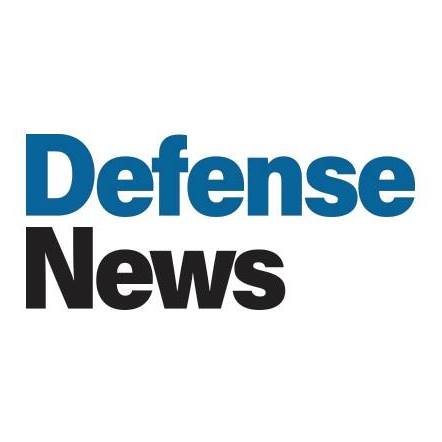



Within the Army Transformation Initiative, the Army’s Next Generation Command and Control (NGC2) effort represents a fundamental change in delivering data-driven C2 to our formations. From requirements to resourcing, acquisition and contracting, every gear in the system is being rebuilt to drive smarter, faster, and more effective outcomes. The scope and pace of this change is creating both opportunities and questions as industry adapts with us.
We’re delivering seamlessly integrated C2 capability from corps down to squad. The key is a data integration layer that enables a rapid buildout of applications across warfighting functions such as fires, intelligence, logistics, and protection, and provides a common operating picture across all. The integrated data layer is the foundation for multifunctional artificial intelligence-enabled models that will rapidly augment decision making and speed.
Commercial hardware and software is critical to achieving the NGC2 vision. The Army’s tech refresh cycles for C2-enabling components lag their commercial equivalents, leading to persistent obsolescence. To overcome this we must buy truly commercial technology – not commercially-modified “Franken-products” that make us a unique customer and take us off the path of affordability and innovation.
The Army’s current C2 capabilities are largely provided through individual efforts: separate requirements documents, funding lines, contracts, and acquisition programs, tied together through top-down driven architectures with pre-determined information exchanges. The isolation and rigidity of this model has largely failed to deliver adaptable or integrated capability to the field.
NGC2’s solution is to establish a core program that sets the foundations for an emergent technical architecture, with other ecosystem programs built around it. The NGC2 technology stack consists of a set of layers for network, computing, data, and applications, powered by commercially-driven open interfaces and common services.
NGC2 also simplifies requirements via a four-page “Characteristics of Need” that describes the problem instead of dictating the solution. Similarly, the Army is consolidating a multitude of C2-related funding lines into a combined NGC2 capability portfolio, enabling the rapid re-direction of resources as the program evolves.
The Army will initially contract with two or more industry team leads who are accountable for the performance of the core program as well as the entire ecosystem. It differs from the standard systems integrator model in several ways:
The Army prefers industry self-organization in identifying complimentary NGC2 solutions. However, these solutions do not all need to be provided under the team lead contract, nor under the core NGC2 program. The Army may separately contract for a component capability, or even manage it as an individual acquisition program. But in every case, the Army will discuss components with the team leads to ensure they work together with the NGC2 architecture.
Vendors may bid as a team lead or serve as a component provider (or both). Vendors interested in the latter can do so through business-to-business partnership with a team lead, or directly through the Army under an associated contract agreement that connects them to a team lead.
As the architecture matures, vendors can also build to the open interfaces in the NGC2 design. This will enable rapid development and procurement of applications and AI models, for example, without a direct or government-brokered relationship with any team lead.
There is inherent tension between ongoing competition and the funding assurance that comes from winning contracts. To balance this, the Army intends to maintain a continuous open solicitation to enable the introduction of new capability at any time, while also advertising specific “windows” for decision points. For example, following the current round of competition, the next window may be after the first Corps Headquarters and two Divisions are fielded.
Key concepts in contracting for NGC2 capability will include fixed price and outcome-driven efforts, common sense price reasonableness determinations, and “as a service” models for use and consumption – both for hardware and software.
The Army must evolve and adapt, and its C2 systems are critical to this transformation. By simultaneously transforming Army institutional processes for requirements, resourcing, acquisition and contracting, the comprehensive strategy described here will clear a path toward this vision.
Joseph Welch is the deputy to the commanding general of Army Futures Command.
